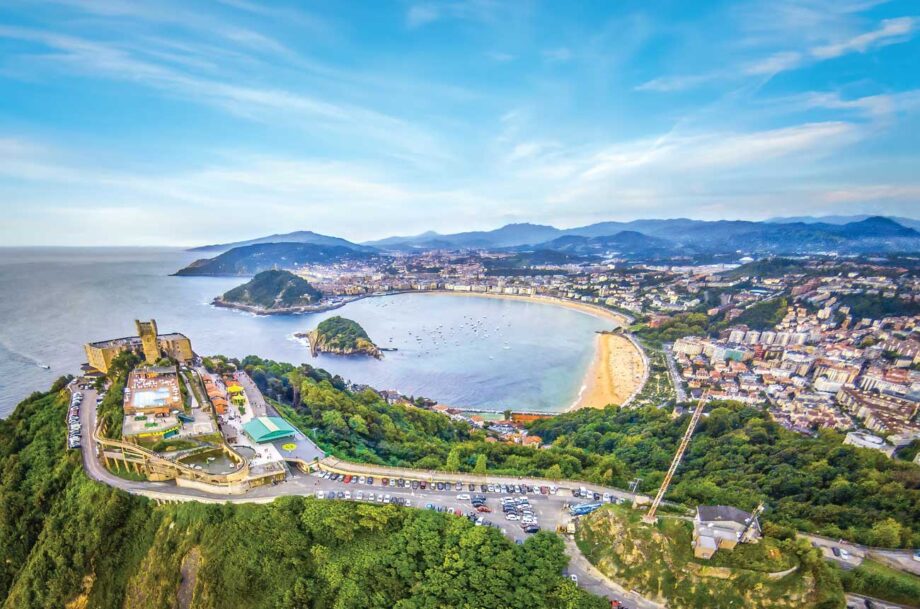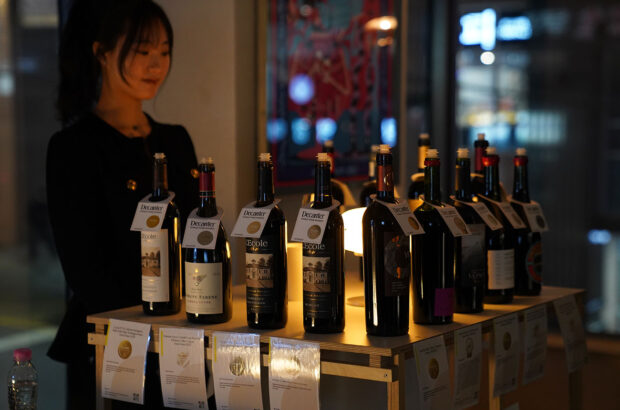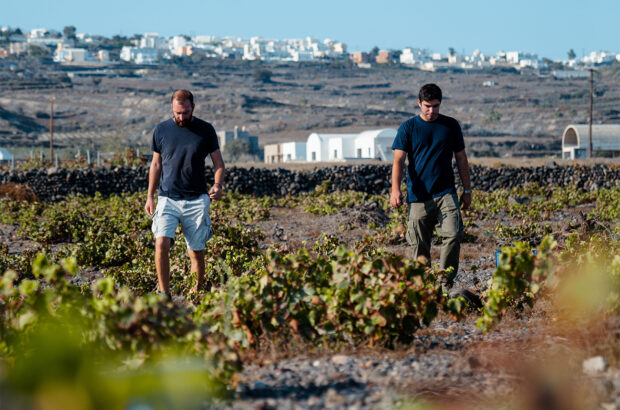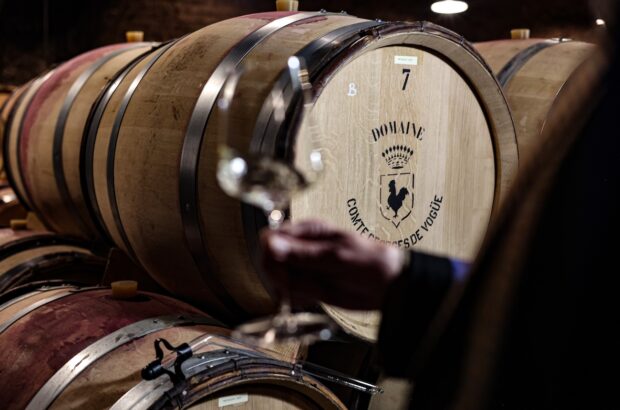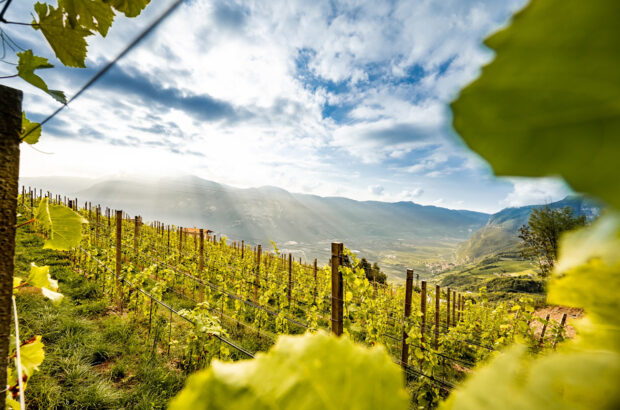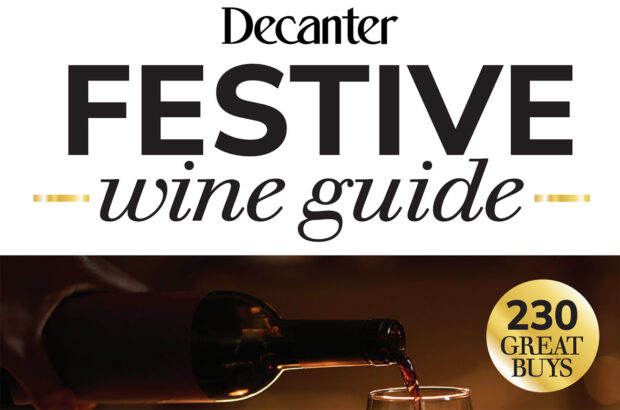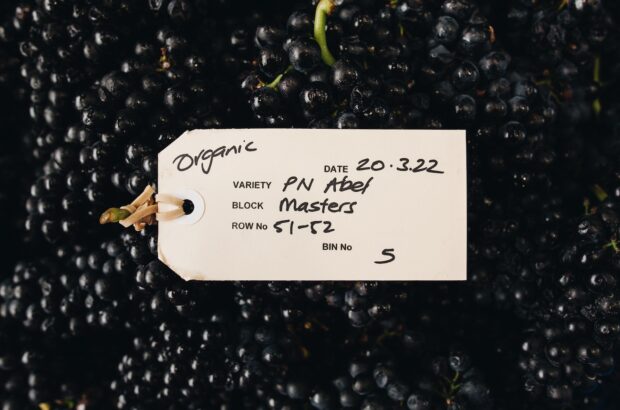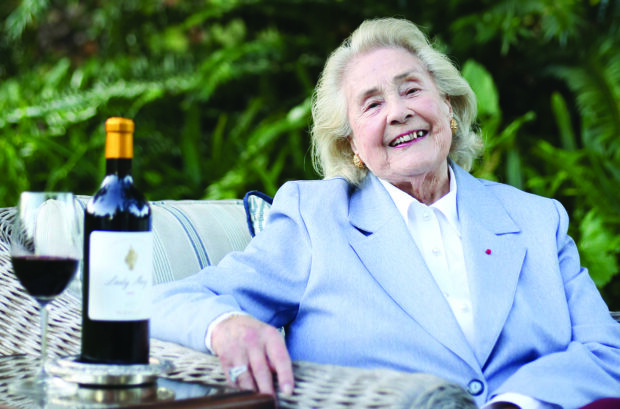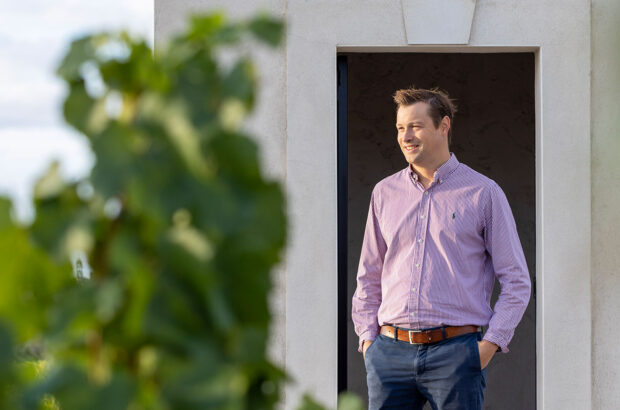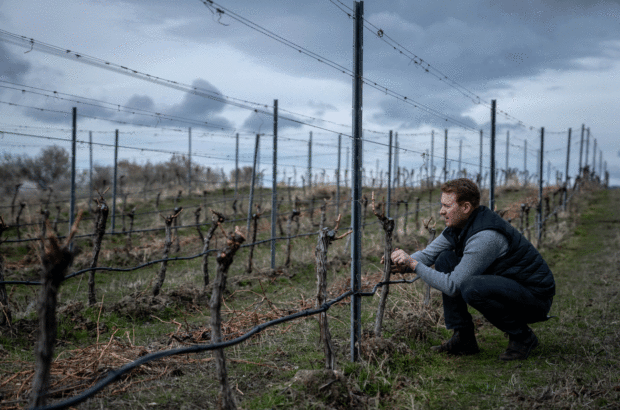Basque cuisine is having a moment. From techniques to the simplicity of a dish that uses just one or two perfect ingredients, Basque cooking has blazed into the global gastronomic limelight. After all, its undisputed food capital, San Sebastián, on Spain’s north coast not far from the border with France, currently boasts 21 Michelin stars across 12 restaurants (including three with three stars) for fewer than 190,000 inhabitants.
The whole Basque region extends from the country just north of Logroño (in the Rioja region) some 100km north to the Bay of Biscay coast, and includes the port city and major cultural centre of Bilbao. As an autonomous community (also known as Euskadi), it has its own language and strong, independent traditions. Basque people take their food very seriously, with culinary styles and practices deeply entrenched, and visitors can’t help but get swept along.
The Txakoli factor
And now there’s another reason to visit: Txakoli. Pronounced ‘cha-co-li’, the Basque wine is made in the coastal zone between San Sebastián and Bilbao to the west, and has a documented viticultural history that dates back to at least the 9th century. Mostly white wine (95%), it’s typically fresh and spritzy, and often poured from a height into flat-bottomed glasses, the bubbles acting as flavour drivers. The style perfectly complements the region’s famous pintxos, ‘small snacks’, from the Spanish pincho, a cocktail stick.
Pintxos bars now abound in London, alongside Basque-inspired eateries luring us in with their giant ribs of seductively charred meat, and the freshest fish deftly cooked whole, the lot grilled on a wood-fired system that would defeat most of us. While Basque wines are gaining listings and recognition beyond Spain, prompting a growing interest in travel to the wider region, visitors are now looking behind the foodie capital of San Sebastián to the vine-covered countryside beyond.
The first Denominación de Origen (DO) was created in 1989: Getariako Txakolina, just west of San Sebastián, is the largest of the region’s three, by production volume, spanning 464ha of vineyards and 31 wineries. The second-largest DO is Bizkaiko Txakolina. Created in 1994 and surrounding Bilbao to its west and north, it extends over 445ha of vineyards and includes 35 wineries. The smallest, Arabako Txakolina, in the Alava province to the south of Bilbao, was created in 2001, with eight wineries and 99ha of vineyards.
Since then, a new generation of winemakers has emerged who are excited by Txakoli’s trademark acidity, a key characteristic of the indigenous white grape Hondarrabi Zuri. They’re applying science to the soils and age to the wines, either by allowing the wine to rest for extended periods on the lees before bottling, or ageing for longer in the bottle before release. Increased experimentation in styles also now includes the use of oak for maturation.
And they have another secret weapon: the ocean. The grapes are grown if not right beside the Atlantic then within sniffing distance of it, lending the wines an addictive brininess – at their best combining to deliver a structure and complexity worthy of wine lovers’ attention. Add to that the growing number of tours offered by wineries, some now in English, and it’s an exciting new wine destination to consider.
My perfect day in San Sebastián
Morning
Start the day with a short climb up Urgull, once hosting a military fort and offering a stunning view of all three of San Sebastián’s main beaches. After, make tracks to nearby Bar Antonio for tortilla – the morning is the only time you’re likely to score a slice of this caramelised onion-rich Basque speciality. Drive 30 minutes west to the fishing village of Getaria, where many of the area’s top wineries are located, heading to the family-run Gaintza, where you can tour the estate, finishing with a tasting of its aged Txakoli among the vines. After, make sure to drop by Maisor, an artisanal anchovy shop in the harbour where you can watch staff painstakingly filleting the tiny fish before packing them into glass jars.
Lunch & afternoon
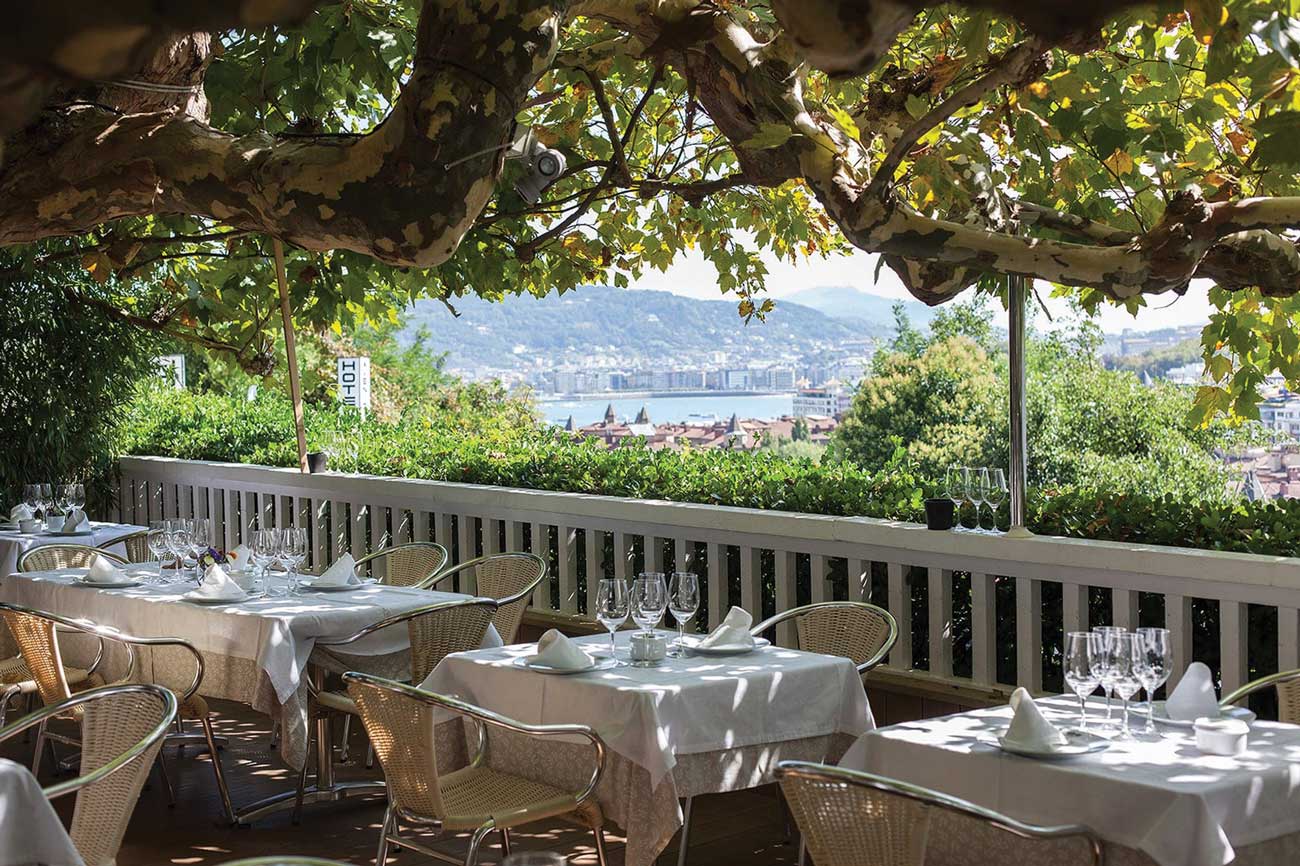
The terrace at Rekondo
Motor back along the slower, more picturesque coastal road, going via Orio then Igeldo, and stop at Rekondo. Here you can enjoy an elevated traditional Basque lunch on the terrace with views over La Concha Bay, washing it down with a bottle of something special from the restaurant’s renowned 100,000-bottle wine cellar, voted one of the world’s best. Then walk it all off along the 6km ‘boardwalk’ that skirts the city’s beaches before learning how to master the art of the perfect tortilla at the 4pm Basque Cooking Class at top cookery school MIMO, nearby. To find it, just head to the basement of city landmark Hotel Maria Cristina (see below).
Evening
Book a pintxos tour with San Sebastián native Eskerne Falcon and let her guide you through the throng in the bars of the old town, as she elbows her way to the front for iconic pintxos such as La Gilda at Ganbara, tortilla bacalao at Tambiril and octopus with paprika at La Cepa. After, stay at Villa Favorita, a charming boutique hotel perfectly situated on Concha bay’s boardwalk. The hotel houses Michelin two-star restaurant Amelia, run by Argentina-born chef Paulo Airaudo, who also oversees the elegant breakfasts.
From San Sebastián…
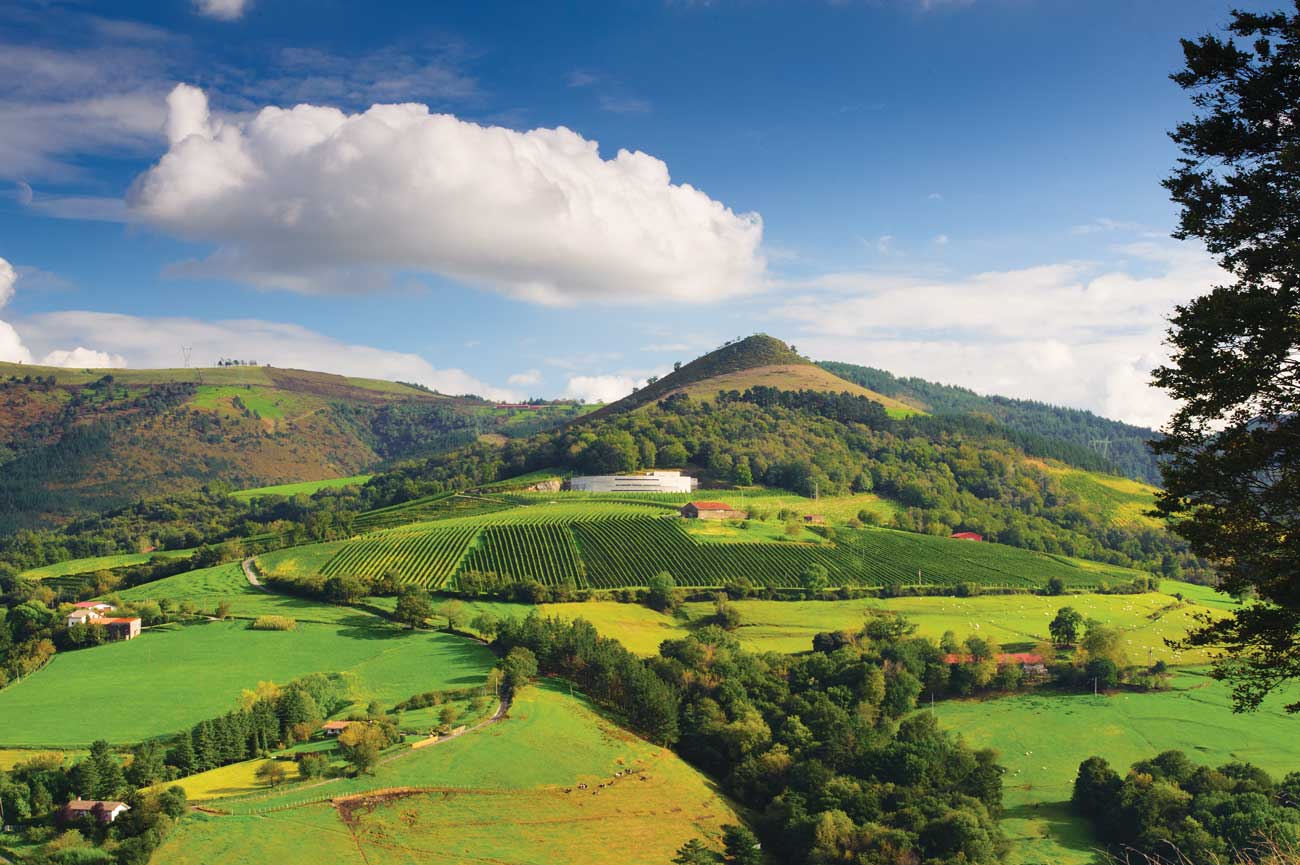
Bodega K5’s new ultra-modern winery, near the village of Aia. Credit: Koldo Badillo
It’s a 25-minute drive from San Sebastián to one of Getariako Txakolina’s most cutting-edge wineries, Bodega K5, the route passing through the seaside town of Orio and crossing the Camino de Santiago pilgrim path before reaching the hilly, vine-draped countryside. An ultra-modern, gravity-flow winery designed by Barcelona-based architects Alonso & Balaguer, K5 offers sweeping views across the countryside to the coast.
Winemaker Andrea Melo admits: ‘I never thought I would end up making Txakoli. Everything has changed here. If people aren’t already talking about Txakoli, they soon will be.’ The San Sebastián native also reveals her all-time favourite pintxo and her hot tip for where to get it: the coveted tortilla at Bar Antonio (see ‘My perfect day’, above). A range of tours and tastings are available at K5 if booked ahead; they can even include a helicopter ride if you can stretch to the €1,280 fee (for up to four people).
It’s a short, steep drive up a winding mountain road, the vines almost tumbling into the sea beside you, to reach the biggest producer, and one of the oldest, in Getariako Txakolina: Txomin Etxaniz. It makes six Txakolis, including a coveted rosé made from the Cabernet Franc-style indigenous red grape Hondarrabi Beltza, but it’s the classic white that excites winemaker Mikel Txueka the most. ‘It’s important to preserve the culture of Txakoli,’ he explains, as the ocean thunders below.
Also well worth a visit is the neighbouring Bodega Ameztoi, a fifth-generation, family-owned winery that claims to have been one of the first to age Txakoli on its lees more than 20 years ago. You don’t need a reservation to try the wines here while nibbling on superior snacks at tables overlooking the sea. ‘More than half the wineries in Getaria are now ageing in oak,’ reveals winery guide Annie Ortega, who shows off four chic bedrooms that cater for guests keen to stay over.
…to Bilbao
It’s just over an hour’s drive along the A-8 from San Sebastián to Bilbao and Bizkaiko Txakolina. Behind a petrol station off the BI-635 on the edge of historic Guernica, you’ll find one of the denomination’s largest producers, Itsasmendi, its sleek winery hidden in a sylvan spot in the UNESCO Urdaibai Biosphere Reserve. ‘It’s paradise here,’ enthuses winemaker Edna Bermejo.
It’s home to owner Gari Rios’ increasingly experimental wines – as many as 14 in any given year, with eight single-vineyard bottlings. ‘His mission is to recover Txakoli,’ Bermejo explains during a guided tasting tour around idyllic spots on the estate. ‘We have 18 vineyard plots in 11 different villages, which is one of our strengths,’ she says with a grin.
A 20-minute drive southwest along the BI-635 and the A-8, and on a similar scale in terms of production, the Gorka Izagirre winery lies underneath celebrated Basque chef Eneko Atxa’s highly regarded restaurants (see ‘Address book’, below). Bertol Izagirre, who has taken over the running of the winery from his father Gorka, is optimistic for Bizkaiko Txakolina and the wider region. ‘Our aim is to redefine the concept of Txakoli while preserving its identity,’ he says. ‘We are a niche-market wine with grape varieties not seen elsewhere – it’s exciting.’
Take the 30-minute drive north to the coast and you can stop by the high-tech Txakolingunea Txakoli museum in the small seaside resort of Bakio. Then head to Doniene Gorrondona, where Itziar Insausti started making wine 30 years ago, having written an academic paper on how to recover winemaking in the area. A mid-19th century farmhouse now houses the winery here, and if you’re taking a vineyard tour, you can pause to look down on the surfers riding the waves below. ‘Our dream was to produce the ultimate Basque wine,’ Insausti explains. ‘Once you learn how to manage the canopy and the soils you can make seriously good wine here – the acidity is our treasure.’
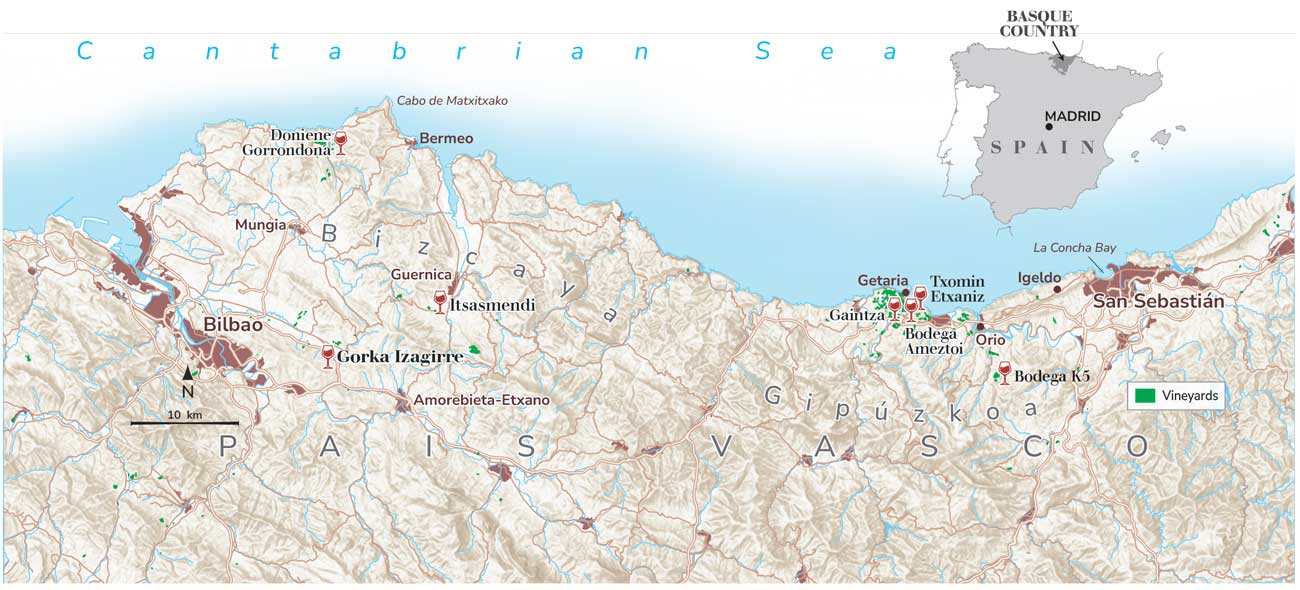
Credit: JP Map Graphics
What to drink in the region
Getariako Txakolina makes much of the region’s signature effervescent, fresh, crisp whites, made mostly with key indigenous white grape Hondarrabi Zuri, often blended with Hondarrabi Zerratia, alongside a small percentage of other permitted grapes such as Riesling and Gros Manseng.
Txakoli rosé, made with a blend of Hondarrabi Zuri and red grape Hondarrabi Beltza, is also growing in popularity here.
Bizkaiko Txakolina offers a larger variety of wine styles, often showing more concentration, including orange and late-harvest wines; there is more red wine produced here, too, using Hondarrabi Beltza.
The same goes for wines from the smallest DO, Arabako Txakolina, south of Bilbao, with producers such as Astobiza leading the way.
Your Basque Country address book
Hotels: San Sebastián

A Belle Epoque mansion with sumptuous rooms, some with sea views. Now part of Marriot Hotels’ Luxury Collection. A cookery school, MIMO, has replaced the basement swimming pool.
Hotels: Bilbao
This stylish, 52-bedroom hotel in the old town shouts industrial chic. Elegant minimalism and highly effective double-glazing, which shuts out the sound of trams below, plus a cracking Michelin one-star restaurant run by legendary Basque chef Martín Berasategui.
With its avant-garde design and art-filled geometric interiors, the Meliá Bilbao cuts a dusky pink-hued dash in this leafy spot (rare for Bilbao) near the river Nervión. A short walk to the Guggenheim, with plenty of excellent wine bars nearby.
Restaurants: San Sebastián
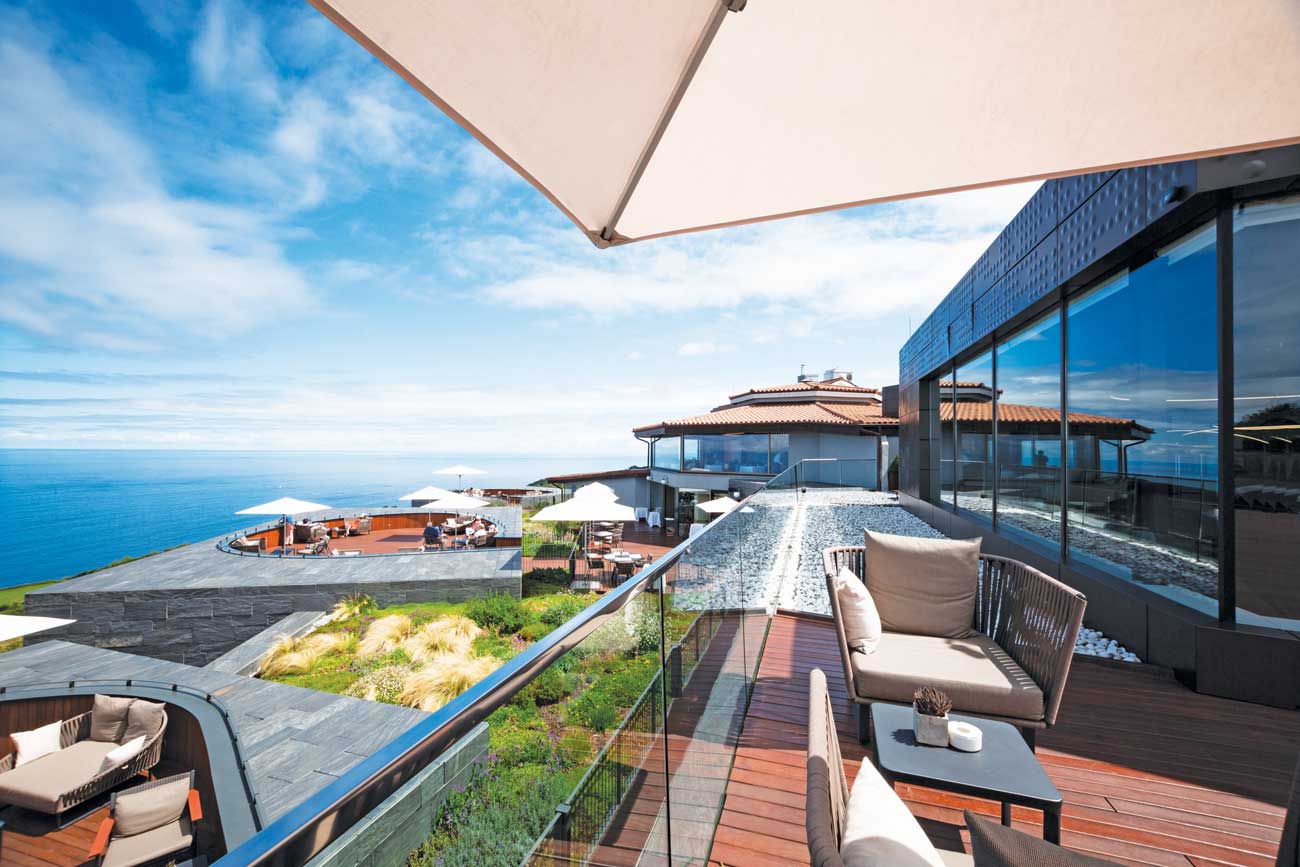
The terrace at Akelarre
Charismatic chef and owner Pedro Subijana has created a unique, Michelin three-star gastronomic destination with stunning ocean views just 10 minutes from central San Sebastián.
San Sebastián-based Argentinian chef Paulo Airaudo’s latest opening serves up a thrillingly refined take on classic dishes in a Michelin-starred tasting menu, each paired with Argentina-born sommelier Martin Flea’s leftfield suggestions.
Restaurants: Bilbao
Named for its creator, Basque chef Eneko Atxa, and housed above Gorka Izagirre’s winery in Larrabetzu, just 15 minutes drive from Bilbao, Eneko is a Michelin one-star homage to Atxa’s local origins. He also owns and runs the Michelin three-star restaurant upstairs.
Top Basque chef Berasategui currently holds the most Michelin stars in Spain. Get a taste of his innovative cooking right here in the old town.
Shopping
Farmhouse-made products, with a focus on Latxa sheep’s cheese. Other highlights at the Insta-worthy shop include tinned wild mushrooms and cold cuts, plus an Hotel Maria Cristina assortment of dried fruits. Located in San Sebastián’s old town.
Gourmet shop in downtown Bilbao that boasts a smart little cheese counter. Celebrated Basque sheep’s cheese Idiazabal is a focus, smoked and not. It also carries a selection of natural wines and local craft beers.
It started as a specialist food and wine shop in the nearby seaside village of Zarautz, then a smart new branch opened at the Hotel Maria Cristina with a large range of mostly Spanish wines, including a good Txakoli line-up. Hot tip: Jon Goenaga’s G-1200 Txakoli.
To learn more, visit bilbaoturismo.net, basquewine.eus, getariakotxakolina.eus, spain.info, sansebastianturismoa.eus, bizkaikotxakolina.eus


